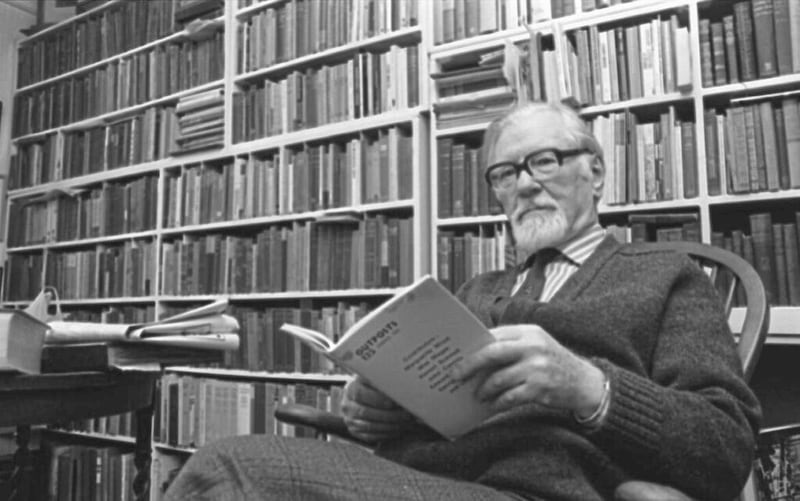I HAD reason to visit the Antrim coast recently, a rugged place of beauty and charm, stretching from Dunluce Castle along winding roads past Ballintoy, to Ballycastle and onwards to neighbours Cushendun, Cushendall, then Carnlough and beyond.
Offshore rested the enchanting Rathlin Island, known locally as ‘Rachery’, its stunning cliffs home to thousands of seabirds during summer, guillemots, razorbills, and puffins.
A magnet for birdwatchers, the island is also home to the red billed chough or Cág cosdearg, seal colonies, the famous ‘golden hare’ and other notable species of flowers and animals. Ancient lore tells us Robert the Bruce watched a patient spider spinning its web while he hid in a cave below the island’s north-eastern cliffs, an event which inspired his return to do battle again in Scotland.
On this blue-sky day, Rathlin’s topography was precise and clear from west to east while the Mull of Kintyre’s bulky profile was also vivid behind.

Fair Head, or Benmore, jutted out – a mountain cliff of sheer vertical rocks standing tall, defiant against the world. My journey triggered memories of times past spent around the area’s many spectacular locations, Murlough Bay, Rathlin itself and the famous Giant’s Causeway, a Unesco World Heritage site since 1986. This stunning geological phenomenon of vast interlocking basalt columns continues to attract huge numbers of visitors from across the globe.
Formed around 60 million years ago these mostly hexagonal pillars dawned from intense volcanic activity, their unusual shapes developing as molten lava cooled and extensive fractures developed.
One version of a legend has it that the giant Fionn Mac Cumhaill was responsible for building this strange feature by throwing lumps of the local landscape across the channel, forming a pathway or ‘causeway’ to reach his annoying enemy, the Scottish giant, Benandonner. On seeing his noticeably much larger foe, Fionn decided to retreat to Antrim again, where his clever wife disguised him as a baby.
When the chasing Benandonner arrived and saw the size of this enormous baby, he then turned away in fear thinking, what size must Fionn be if this was his baby. Fleeing in horror, the giant tramped hurriedly back across Sruth na Maoile, destroying the stone pathway on his way, making sure Fionn couldn’t follow. What we have today are the remains of the once great causeway upon which the giants walked.
My rememberings also included seeing a solitary eider duck out at sea, riding and surviving angry winter swells which crashed on to the rocks at Ballintoy harbour. Crossing Carrick-a-Rede’s shaky rope bridge, first erected by local salmon fishermen in 1755 also came to mind, as did the sound of a scolding peregrine flying along one of the ‘Middle Glens’, Glendun towards the tranquil village of Cushendun.
My present journey finished in the shadow of Knocklayd, or Cnoc Leithid, as gaeilge, meaning ‘hill of width or expanse’, at the home of my partner’s relations. There, a warm welcome awaited together with a garden of dense hedges, home to many wild birds and a visiting fox.

Starting out on the journey home to Tyrone, I thought of Belfast poet John Hewitt and his fondness for Antrim’s coast and glens, a place he said, ‘has been so nourishing to my senses, my imagination and my heart’. Although a city man, much of his poetry was set around there, where, as he wrote in The Ram’s Horn, "I have turned to the landscape because men disappoint me" going on to say later in the poem, "I live my best…… being at ease there."
Thanks, Vera, Pat and Joe, for your good company and Antrim hospitality.



